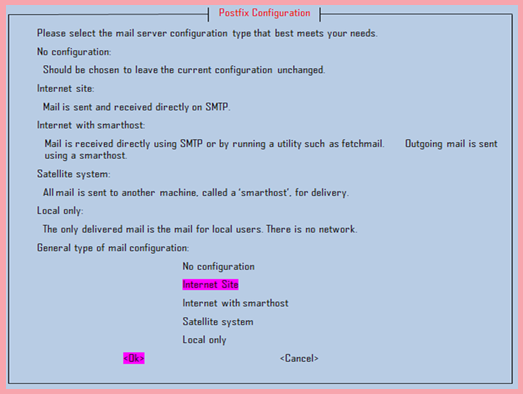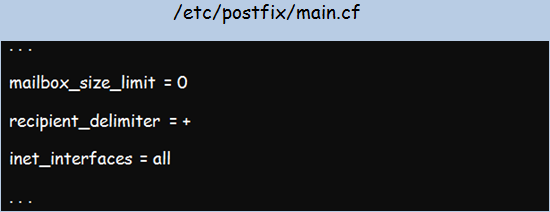Email servers are now a must-have for small, medium and large businesses. They allow easy and efficient traffic control. In addition, having your email servers ensures that you can define or set your rules independently to meet your goals. These benefits ensure that you manage your servers more efficiently and cleanly.
SMTP is your ideal protocol for managing email servers. Commonly known as Simple Mail Transfer Protocol, SMTP stands out as a standard Internet communication protocol designed and used for email transmission.
It routes emails by using third-party service providers to send emails through servers. This protocol is useful for companies or companies with large volumes of emails. In particular, SMTP has no downtime, sends emails to your inbox instead of your spam folder, and has an analytics section on the dashboard. So, you don’t need a lot of time and resources to manage your email servers.
This article shows how you can set up an STMP server on Ubuntu 22.04. The same steps apply if your machine is running on Ubuntu 20.04.
Step 1: Upgrade
your server
The first step is to log into your server and update it. You can log in using SSH, making sure your server runs on the latest Ubuntu packages. Instead of SSH, you can also use CTRL+ALT+T to access your server. You can then run
the following command:
Step 2: Install
Postfix
Once your server is up-to-date, install Postfix using the following command to install the email utilities:
A Postfix configuration window will appear in the installation process. The window will be displayed below:

The settings come with Website as the default mail settings type. That’s the type of configuration recommended for this particular purpose. Therefore, you must press TAB, select OK, and then press ENTER.
Step 3: Configure
Postfix
Now, configure Postfix to allow you to send and receive emails from the running server. In this case, the running server is the localhost. You can accomplish this configuration process by configuring Postfix to listen exclusively on the loopback interface. This interface is a virtual network used by servers to communicate internally.
Make the necessary modifications by editing the main Postfix configuration file (main.cf), which exists in etc/postfix. However, back up the file before making any edits. You may need the original version.
You can then access the file using the following
commands
:
Locate the following lines in the file
: 
Focus on inet_interfaces and set its value to loopback only, as follows.
<img src="https://linuxhint.com/wp-content/uploads/2022/10/image6-14.png" alt=
“
” />
Step 4: Apply changes and start the server
Postfix Be sure to save the file once you make the necessary changes to the Postfix configuration file. You can then enable Postfix and start it using the following utilities
:
Step 5: Configure the
firewall
The firewall may restrict Postfix. You can allow all Postfix functions in the firewall by using the following commands
:
Step 6: Test the STMP
server
Use Telnet to confirm that the server is working correctly. The following command should help
: A
perfectly functioning Postfix should return the following results:

Proceed to install the Postfix mail sending packages. This is possible using the following command:
Run the following command after the installation is complete. The utility should help finish the setup process.
When taking the test, enter your real email address when needed.
Conclusion
The tutorial provided a step-by-step guide on how to set up an STMP server with Postfix. As you probably know, a Postfix server allows the implementation of the SMTP protocol to help manage sending mail. It’s fast, easy to set up, and incredibly secure, hence popular with businesses that handle bulk emails.

